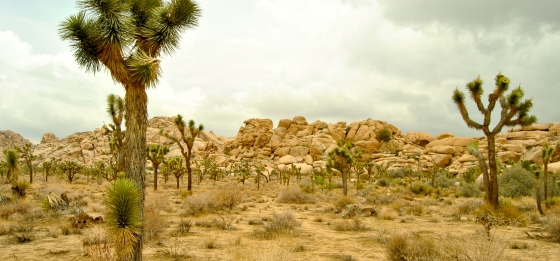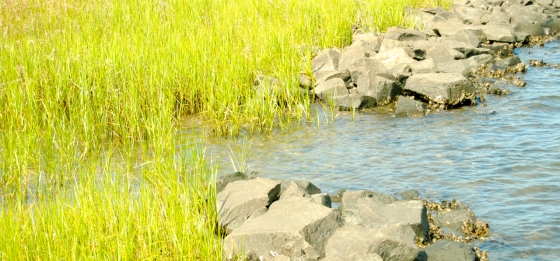New Orleans, Louisiana
June 28, 2013
Julia Kumari Drapkin originally wanted to start iSeeChange, a media project that connects citizen observers and climate scientists, in New Orleans. As a Florida native who grew up swimming in the Gulf of Mexico, Drapkin never imagined herself living in Paonia, Colorado, (generous) population estimate: 2,000.
So when the producer at KVNF, the local radio station in Paonia, asked her to bring her Corporation for Public Broadcasting grant there, Drapkin found the town on a map. She had covered climate science from the Arctic to Mongolia to Australia and had a hunch that there was more to the simplified story about the ‘climate debate’ in the United States. After talking with the producer, Drapkin realized that Paonia—an eclectic town of coal miners, fruit farmers, and journalists in the North Fork Valley—was the perfect place to rethink that story.
Continue reading →









